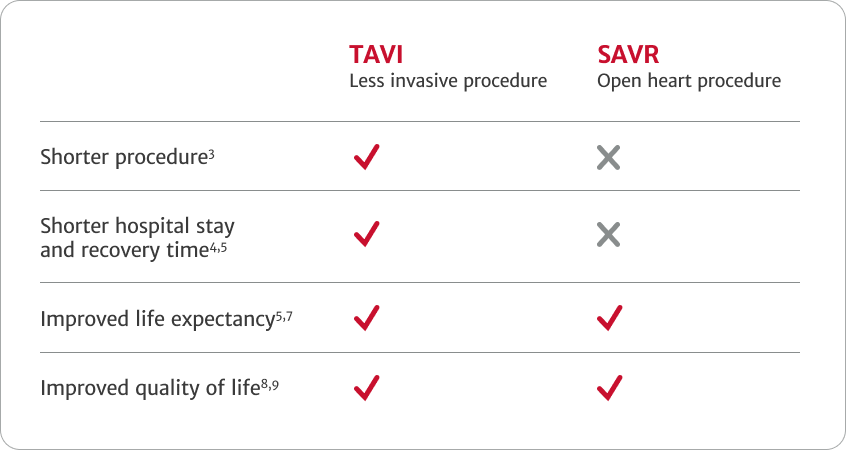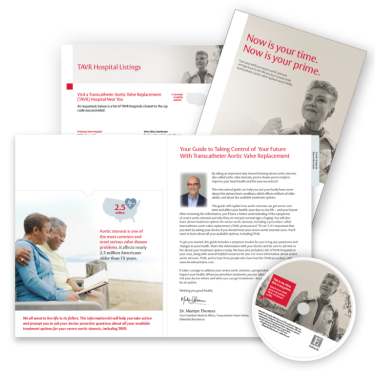Let your doctor know that you want to be involved in the treatment decision so that you can chose the treatment that supports your life goals
Make sure you speak to your cardiologist and/or Heart Tean about your teatment options and life goals, as your preferences and wishes will help decide your treatment.

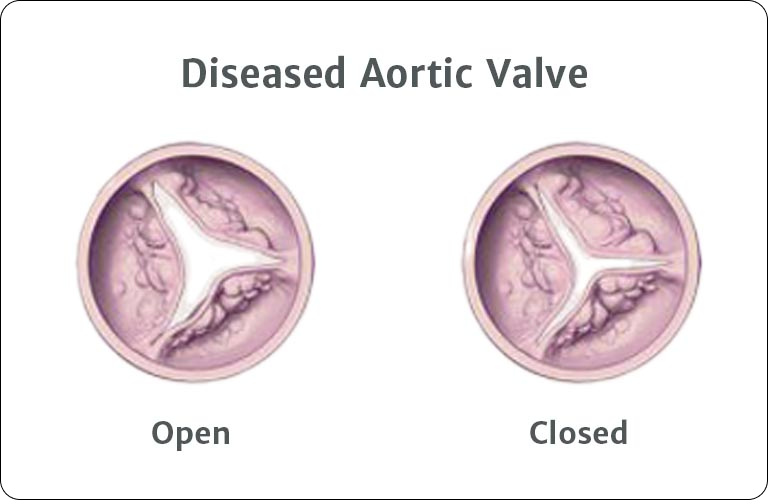
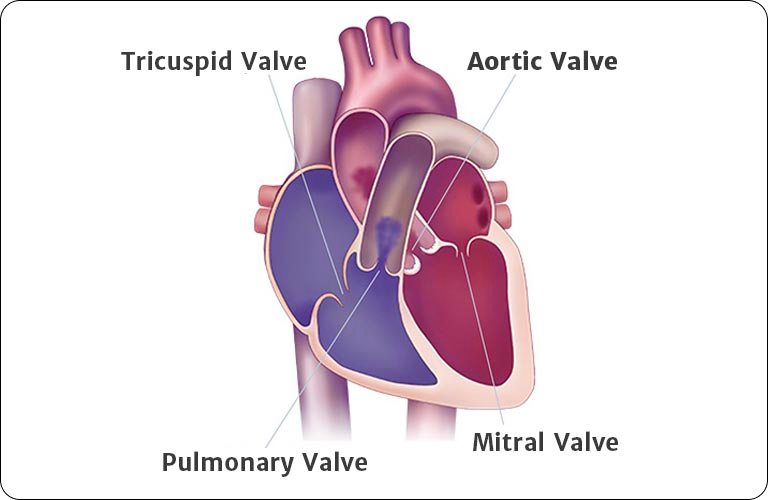
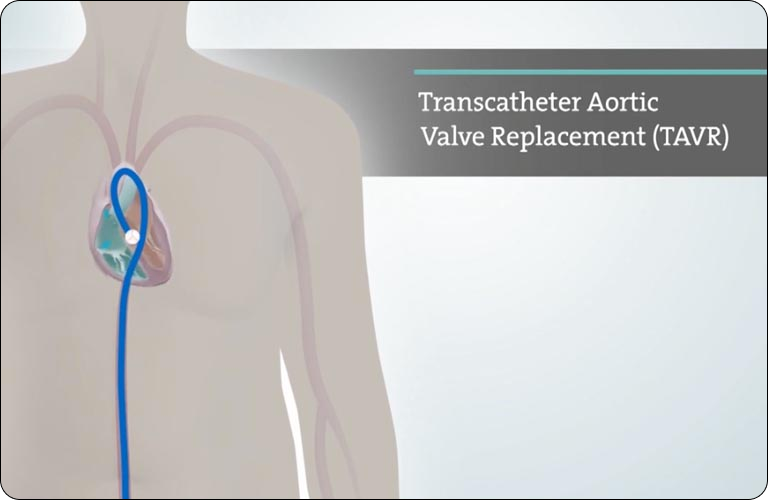

 Australia
Australia
 Brazil
Brazil
 Germany
Germany
 Italy
Italy
 Netherlands
Netherlands
 New Zealand
New Zealand
 South Korea
South Korea
 Southeast Asia
Southeast Asia
 United Kingdom
United Kingdom
